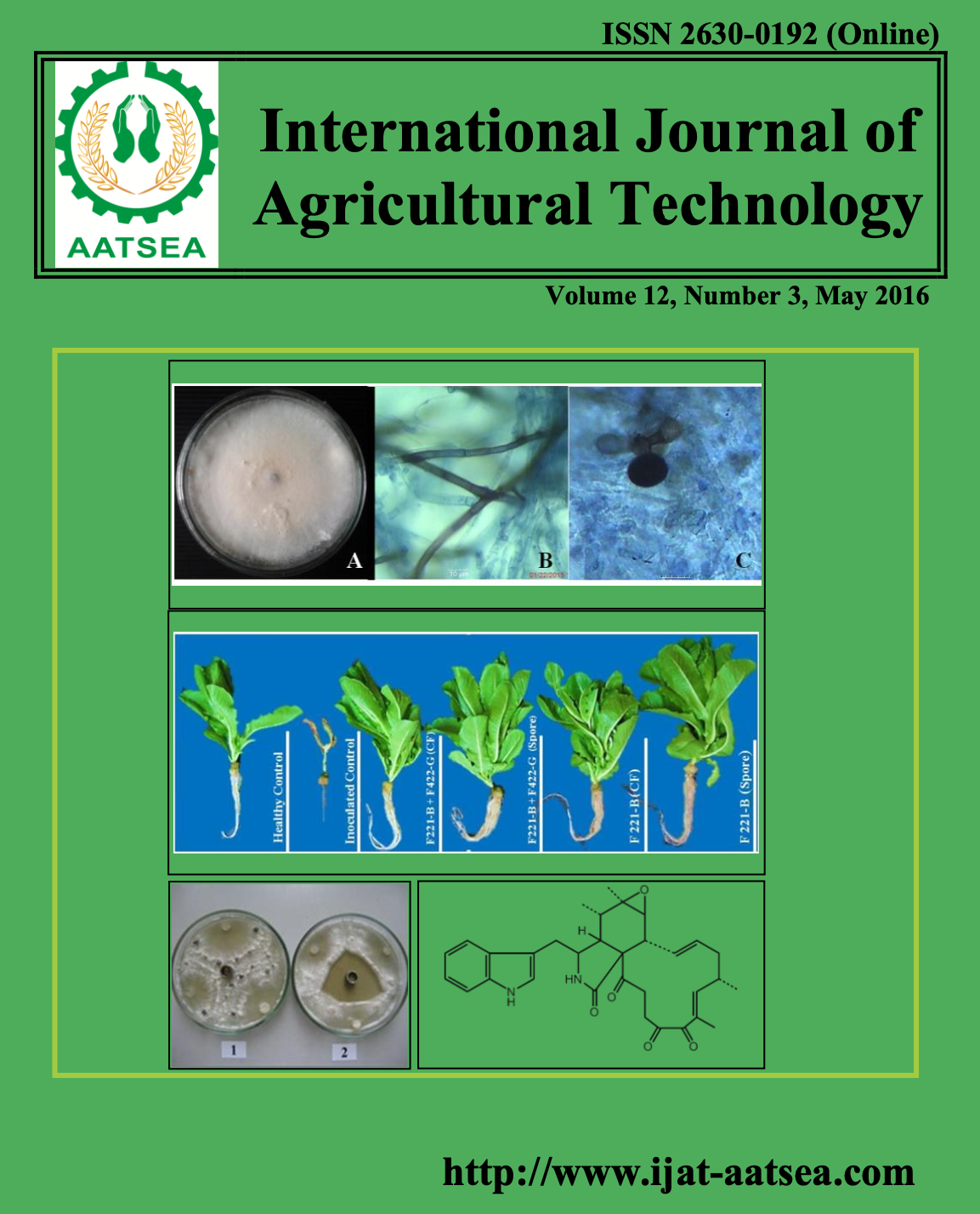Optimizing organic and inorganic fertilizer recommendation in rainfed pothowar region of pakistan: a case of barley sorghum and barley mungbean crop rotations
Main Article Content
Abstract
Article Details

This work is licensed under a Creative Commons Attribution-NonCommercial-NoDerivatives 4.0 International License.
References
Ahmad, S., Khan, M. and Zaheer-ul-ikram, M. (1990). Soil and water conservation and integrated land use in Pothwar, Pakistan. In Soil physics: application under stress environments. Proceedings of the International Symposium on Applied Soil Physics in Stress Environments, Islamabad, Pakistan. pp. 301-312.
Shah, H., Hussain, K., Akhtar, W., Sharif, M. and Majid, A. (2011). Returns from agricultural interventions under changing price scenario: A case of gypsum application for moisture conservation for wheat production under rainfed conditions in Pakistan. World Applied Sciences Journal 14:363-368.
CIMMYT (1988). From agronomic data to farmer recommendations: An economics training manual. In Mexico, D. F. CIMMYT.
Shah, H., Sharif, M., Majid, A., Hayat, U. and Munawar, A. (2009). From experimental data to farmer recommendation: An economic analysis of on-farm trial of UMMB feed for milking animals in rain-fed Pothwar, Pakistan. Livestock Research for Rural Development 21.
Shah, H., Khan, M. A., Azeem, T., Majid, A. and Mehmood, A. (2012). The impact of gypsum application on groundnut yield in Rainfed Pothwar: An Economic Perspective. Lahore Journal of Economics 17:83-100.
Government of Pakistan (2013). Pakistan economic survey 2012-13. Government of Pakistan, Finance Division, Economic Adviser's Wing, Islamabad, Pakistan.
Anonymous (2012). Agricultural statistics of Pakistan. Government of Pakistan, Ministry of Food, Agriculture and livestock (Economic wing), Islamabad, Pakistan.
Anonymous (2013). Agricultural statistics of Pakistan. Government of Pakistan, Ministry of Food, Agriculture and livestock (Economic wing), Islamabad, Pakistan.
Khan, A. R. and Qayyum, A. (1986). Rainfed agriculture in Pakistan. In: Proceedings of Regional farming systems workshop for west Asia/North Africa. Barani Agricultural Research and Development Project (BARD), NARC, Islamabad. pp. 1-37.


